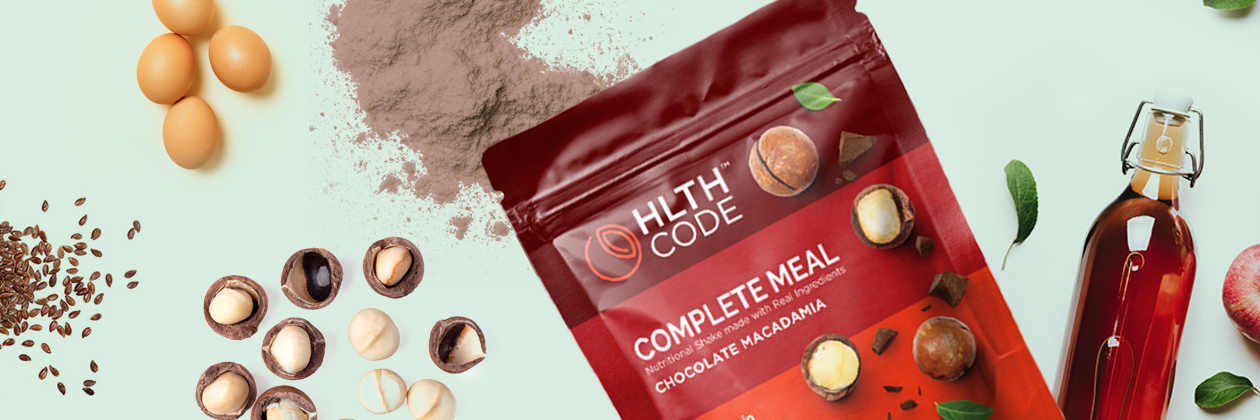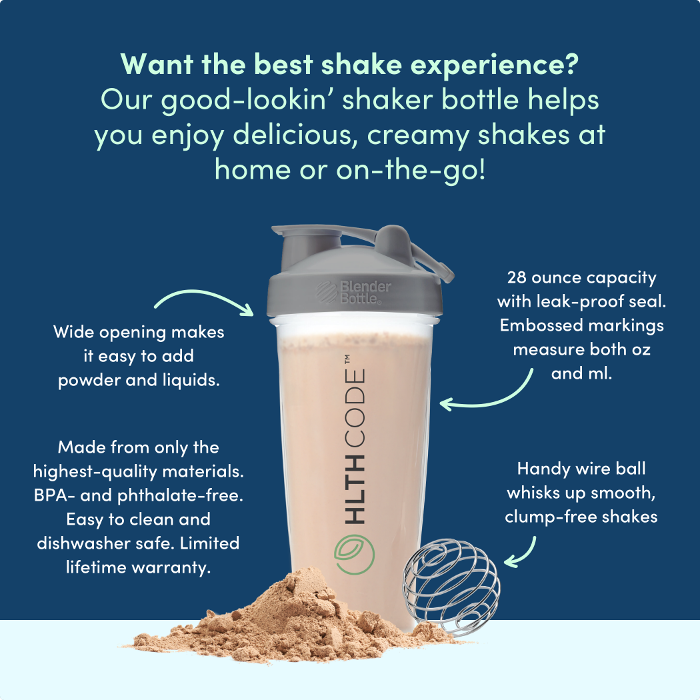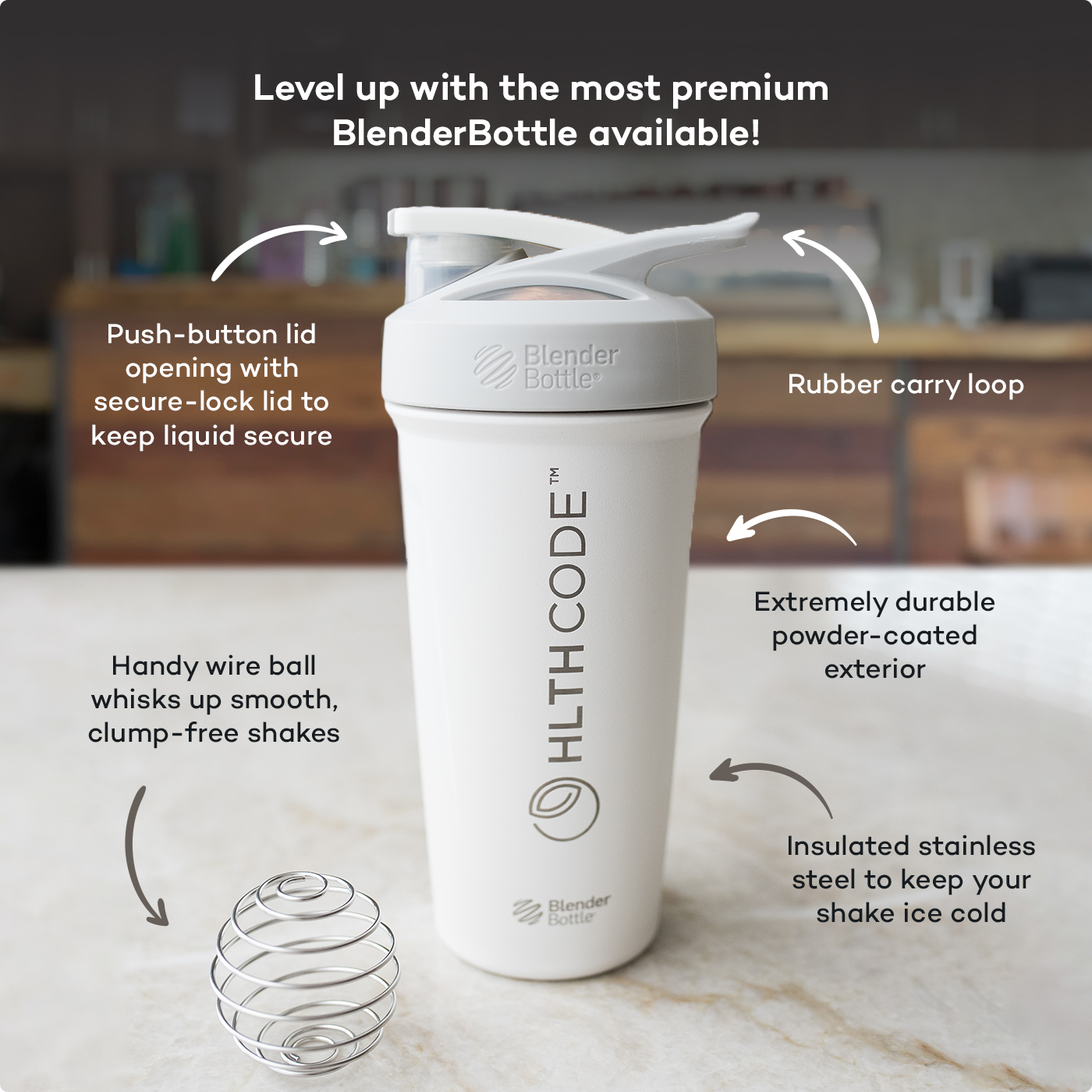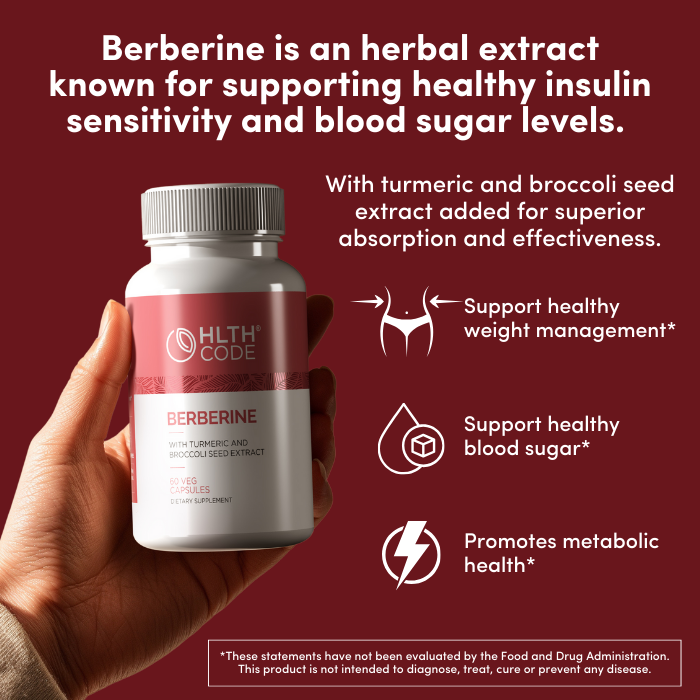Survival Food Essentials: What to Keep on Hand
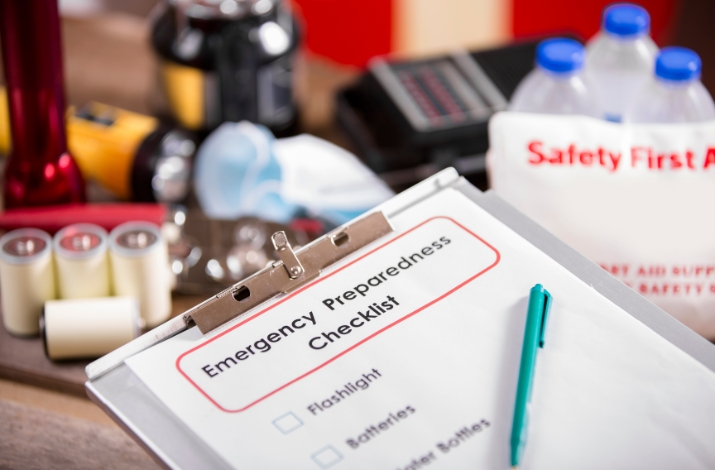
In times of uncertainty, having a well-thought-out survival food plan is crucial. Traditional emergency food supplies often emphasize high-carbohydrate staples. However, emerging nutritional philosophies, such as those advocated by HLTH Code, suggest a shift towards low-carb, high-protein, and healthy fat options for optimal health and preparedness.
Why Survival Food Matters?
Understanding the Need for Emergency Food Supplies
Natural disasters, economic downturns, and unforeseen emergencies can disrupt food supply chains. Having a stockpile of nutrient-dense, shelf-stable foods ensures that you and your family remain nourished during such times.
Benefits of Being Prepared with the Right Food
Choosing the right survival foods goes beyond mere sustenance. Foods rich in essential nutrients support metabolic health, cognitive function, and overall well-being, which are vital during stressful situations.
How to Store Survival Food Properly
Optimal Storage Conditions.
Store foods in a cool, dry place away from direct sunlight. Temperature fluctuations can degrade food quality, so aim for a consistent environment.
Packaging Techniques.
Use airtight containers or vacuum-sealed bags to prevent moisture and air exposure. For long-term storage, consider gold standard of food storage containers (air-, vapor-, and water-tight #10 cans) with oxygen absorbers.
Rotation and Inventory Management.
Implement a “first in, first out” system. Regularly check expiration dates and consume older items first to maintain freshness.
Creating a Balanced Survival Food Plan
Calculating Caloric Requirements.
Determine daily caloric needs based on age, gender, and activity level. Ensure your food supply meets these requirements to maintain energy and health.
Ensuring Nutritional Diversity.
Include a variety of foods to cover all essential nutrients. A mix of proteins, fats, vitamins, and minerals supports overall health.
Special Dietary Considerations
Account for any food allergies, intolerances, or specific dietary needs within your household. Choose appropriate alternatives to ensure everyone’s health and safety.
Conclusion
Building a survival food supply is more than just stockpiling calories; it’s about ensuring nutritional adequacy and health during emergencies. By focusing on low-carb, nutrient-dense options like HLTH Code Complete Meal Shakes and other wholesome foods, you can prepare effectively for any situation.
FAQs about Survival Food.
How long does survival food last?
Shelf life varies by product. For instance, HLTH Code’s meal shakes, when stored properly, can last up to 20 years.
What is the most cost-effective survival food?
Foods that offer high nutritional value per dollar, like canned meats, nut butters, and HLTH Code shakes, are cost-effective choices.
Can I make my own survival food at home?
Yes, by dehydrating or canning foods and storing them properly, you can create a personalized survival food supply tailored to your dietary preferences.
This article is for informational and educational purposes only. It is not, nor is it intended to be substitute for professional medical advice, diagnosis, or treatment and should never be relied upon for specific medical advice.












